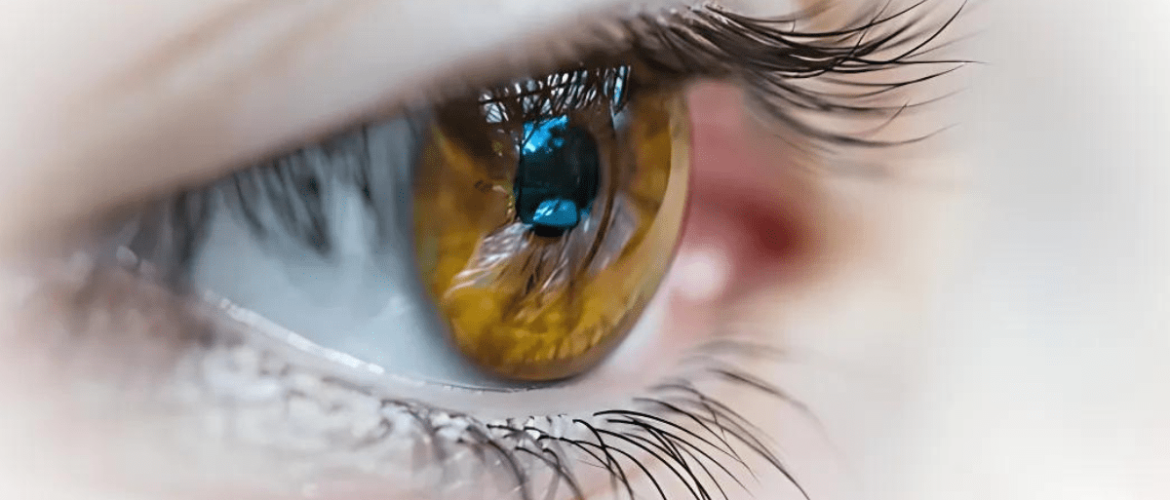What is Amblyopia or the Lazy Eye?
Usually occurring in early childhood, Amblyopia (also called the lazy eye) is a type of poor vision development in one or both the eyes. It develops when there’s a breakdown in how the brain and the eye work together, and the brain can’t recognize the sight from the eye.
This condition is easier to realise when both the eyes are affected, as the patient suffers from decreased vision in both eyes.
Lazy eye is a fairly common condition. It is seen in around 1-4 percent of our children. In an Indian study a higher incidence in rural schools (0.7 per cent) than urban schools (0.5 per cent) was found, probably because of a lack of awareness of a regular eye check-up and the use of spectacles among the rural children.
What are the common signs and symptoms of Lazy Eye to watch out for?
The children do not complain about vision problems since they get accustomed to having good vision in one of the eyes. Below are a few for the signs and symptoms that the parents and teachers should be aware of:
- An eye that wanders inward or outward
- Shakiness of the eyes
- Abnormal white reflex in the eyes
- Squeezing or frequent rubbing of eyes
- One eye may be larger than the other
- Child takes things or books very near to the eyes to read or see
- School performance may not be adequate due to poor vision
- History of wearing thick glasses in parents
What causes Lazy Eye?
A multitude of things can interfere with the normal eye and brain connections that can lead to amblyopia. Listed here are a few of the common causes including refractive errors and visual deprivation due to pathology that lead to this eye condition:
-
Strabismus or crossed eyes
-a condition where the eyes are not lined up properly and point in different directions
-
Hypermetropia
-an eye condition in which there can be blurring for both near and distance
-
Astigmatism
-caused by an imperfection in the curvature of the eye’s cornea or lens, resulting in blurry vision
-
Myopia
-also called short sighted or near sightedness, where nearby objects are seen clearly, but distant objects are usually blurry
-
Congenital Cataract
-also known as paediatric cataract, is a clouding of the lens of the eye that can cause blurry vision in children
-
Corneal Opacity
-is an eye problem that can lead to scarring or clouding of the cornea leading to decreased vision
-
Ptosis (drooping of eyelid)
-a pathological condition that leads to vision restriction due to the drooping of the upper eyelid
Who is at risk for Amblyopia?
Amblyopia usually runs in the family; the below mentioned are at a higher risk of developing the Lazy Eye:
- Family history of high refractive errors
- Family history of pathological myopia
- Family history of cataract
- Squeezing or frequent rubbing of eyes
- Family history of lazy eye
- Small for gestational age babies
- Premature babies
How to Diagnose Lazy Eye?
Ophthalmologists conduct various tests to check for the general eye health, a wandering eye, if there is any difference in the vision between the eyes or poor vision in both the eyes. They then move on to detect visual potential of both the eyes, and also test for binocular potential. This is followed by testing for binocular single vision, detecting the refractive errors if any and finally checking for retina status.
Poor vision in one eye need not always be because of Amblyopia, it could be a refractive error that can be simply fixed by wearing glasses.
What is the treatment for Lazy Eye?
It is important to do a thorough diagnosis to confirm that the child has Amblyopia. Once detected if the lazy eye is in one or both the eyes, the ophthalmologist will focus on the reason for its development. If it’s due to refractive errors it can be corrected by giving the correction glasses, if it’s due to squint a patch therapy is advised. It may sometimes be followed by squint surgery if required. If the Lazy Eye is because of the ocular media opacities they are advised medicines or surgeries accordingly.
M M Joshi Eye Institute has a full-fledged independent Paediatric Ophthalmology department with highly qualified doctors that offers treatment to diverse Paediatric Ophthalmology cases including Amblyopia and also to answer your queries.

No comments yet.